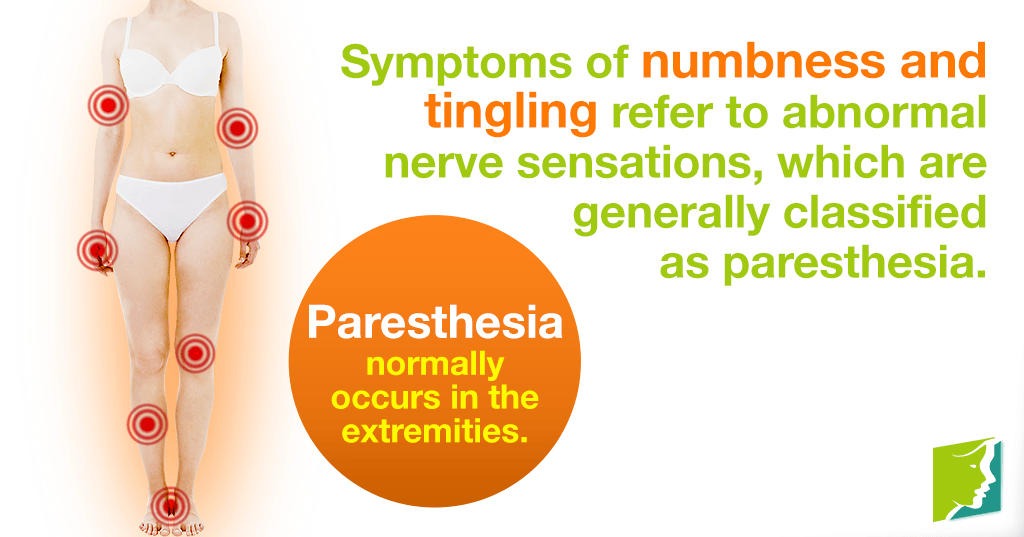Many women going through menopause encounter the bizarre and sometimes disruptive sensation of numb and tingling extremities. Although curious, this experience is a common and generally harmless side effect of fluctuating hormone levels.
What Exactly Does "Numbness and Tingling Extremities" Mean?
Medically termed "paresthesia," this symptom is commonly recognizable as the effect that occurs after pressure is applied to the nerves for prolonged periods, such as when one sits cross-legged for too long. The sensation can be experienced as a tickling, burning, or prickling and is commonly referred to as "pins and needles" or the feeling that a certain body part has "gone to sleep."
The experience of numbness and tingling in the extremities is often only short term, passing away as quickly as it began. In more serious cases, however, it can be chronic and persist for extended durations.
What Are the Causes of Numbness and Tingling Extremities?
Generally, natural hormonal fluctuations account for most cases of numbness and tingling. This is because estrogen, a hormone whose levels are greatly influenced by menopause, is intimately linked with the nervous system. Thus, when estrogen levels oscillate, tingling extremities are just one possible result. However, while hormonal changes account for most experiences, other medical conditions exist that can also lead to numbness and tingling in the hands and feet.
In addition to menopause related hormone fluctuations, paresthesia can be caused by infections, inflammation, trauma, malignancy, and a variety of other mild to serious disorders.
Should I Be Worried about Numbness and Tingling Extremities?
Occasional paresthesia is rarely the sign of a serious illness, but if it becomes severe to the point of interfering with limb movement and persistent, it could be the sign of an underlying condition - especially those that affect nerve endings. These include strokes, brain tumors, anemia, or encephalitis. Additionally, numb and tingling extremities might be experienced as a result of orthopedic conditions - such as bone fractures or carpal tunnel syndrome - and lead to nerve damage.
Numbness and tingling extremities can sometimes be an indication of unhealthy lifestyles, especially where dietary choices are concerned. Different vitamin deficiencies - especially of the B-vitamins - calcium deficiency, and potassium depletion can cause tingling sensations. Blood circulation problems and diabetes could also be the cause. If you experience paresthesia for an extended period, it is imperative you see a doctor.
What Can I Do about Numbness and Tingling Extremities during Menopause?
Unless your experiences of tingling are prolonged, in which case you should see a doctor for further diagnosis, paresthesia is most likely the result of hormonal fluctuations. In this circumstance - due to the relationship between fluctuating hormones and paresthesia - attending to the root of the problem is the most effective means of alleviating the symptom.
Fortunately, there is a variety of methods available for stabilizing hormone levels. The simplest approach is to adopt an achievable diet and regular exercise program. This is because those who maintain a healthy lifestyle have bodies that are better equipped to manage hormone fluctuations. In order to supplement these changes, hormone stabilizing herbal remedies are an additional possibility. Read more advice on reducing the symptoms of tingling extremities.
Sources
- Hutchinson, Susan M.D. "The Stages of a Woman's Life: Menstruation, Pregnancy, Nursing, Perimenopause, Menopause". November 2007.
- Love, Susan M.D. Menopause and Hormone Book. New York: Three Rivers Press, 2003.
- BMJ Group. "Menopause: What is it?" Patient Leaflet. 2007




